Thailand offers up something for everyone. Whether you’re interested in exploring mountain villages by motorbike, fancy getting lost in its buzzing capital city, or if you just want to spend time lounging around on the beach, this Southeast Asian country has it all.
Long a backpacking mecca, Thailand has a wealth of culture to its name, with Buddhist heritage and ancient ruins in abundance — and that’s without mentioning its mouthwatering culinary credentials. There’s more to Thailand than first meets the eye, all waiting to be discovered.
Table of Contents
What is Thailand Known For?
Hiking
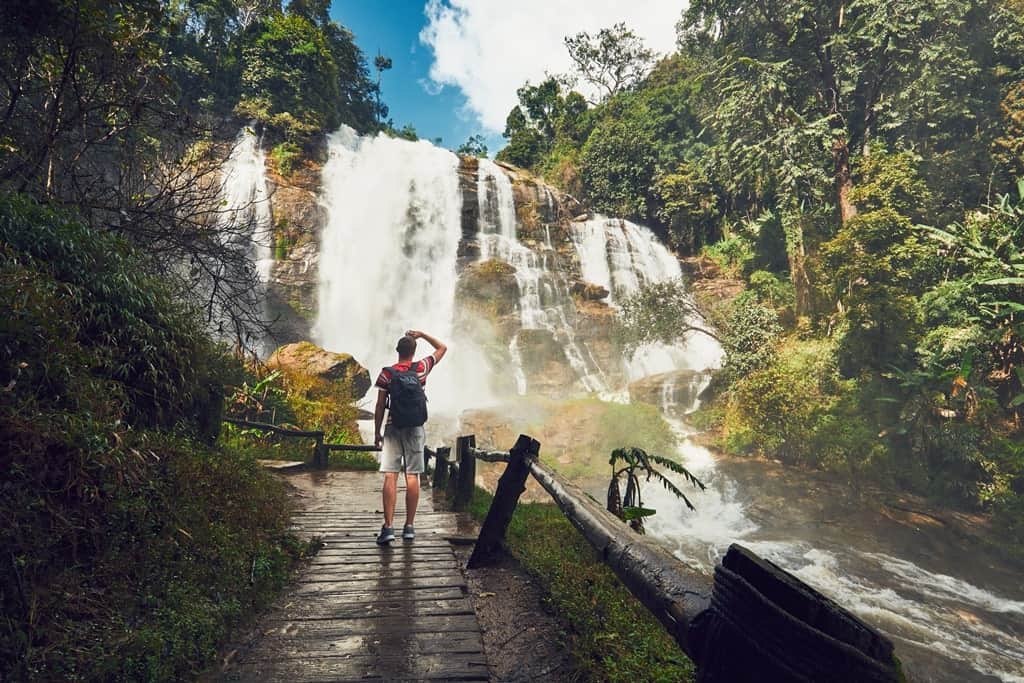
With all of its forests, hills, beaches, and viewpoints, it’s no wonder that Thailand is an amazing place for hiking. Worlds away from the touristed hotspots, the country’s hiking routes weave through its national parks and countryside. They don’t always have to be long and arduous, however.
For example, one easy hike from the northern city of Chiang Mai takes in the two temples of Wat Pha Lat and Wat Phrathat Doi Suthep. If you’re looking for something slightly longer, hike to the summit of Bell Mountain in Phu Kradueng National Park. There’s even an urban hike in Bangkok, where you can loop around villages of stilt houses along boardwalks.
Backpacking
Thailand has a long history of welcoming backpacking globetrotters on gap years and month-long stints in search of history, culture, and fun in Southeast Asia. People have been slinging on backpacks and traveling around Thailand since the 1970s.
One particular book and film, The Beach, really galvanized Thailand’s backpacking culture. Locations from the film abound, from the frenetic energy of Khao Sarn Road in Bangkok to The Memory Hotel in Phuket and Maya Bay in the Phi Phi Islands.
Hostels and cheap accommodation still abound throughout the country, welcoming everybody from young backpackers to digital nomads and soul searchers.
Temples
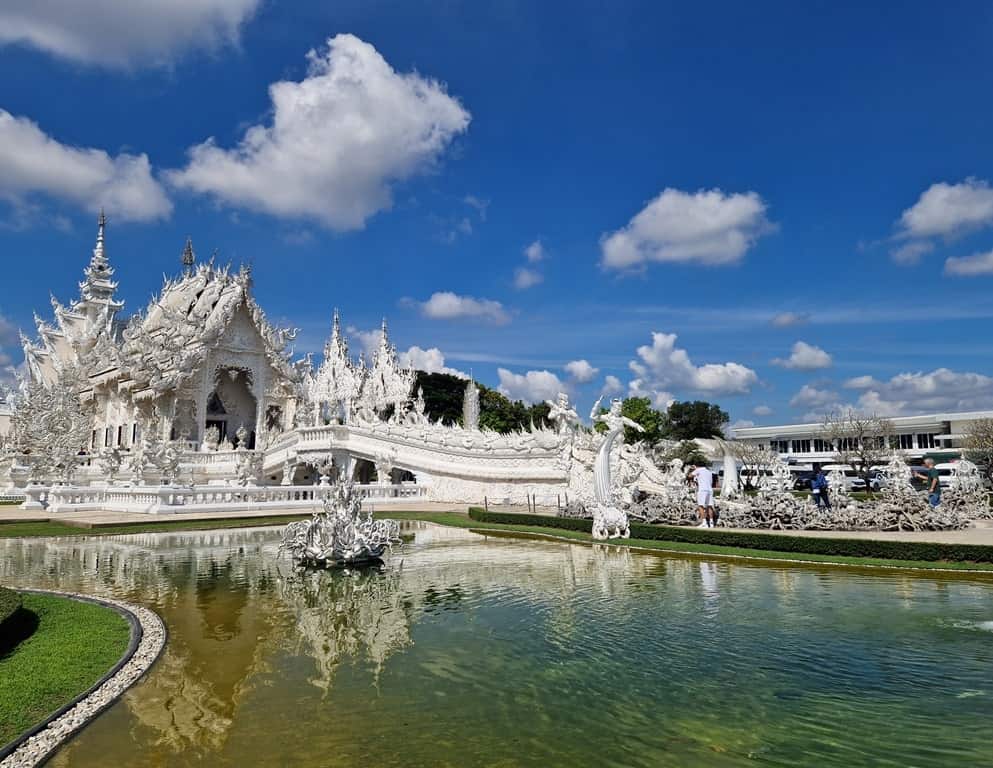
Buddhism is the national religion of Thailand, and this can be seen most visibly in the many temples dotted across the country. In fact, there are over 40,000 temples in total to be found in Thailand.
Wat Rong Khun, or the White Temple, is one of the most famous in Thailand. This gleaming structure in Chiang Rai sits on a backdrop of greenery. The most prominent temple in Bangkok is the 17th-century Wat Arun Ratchawararam, situated opposite the Grand Palace, which is where you’ll find Wat Pho.
Floating markets
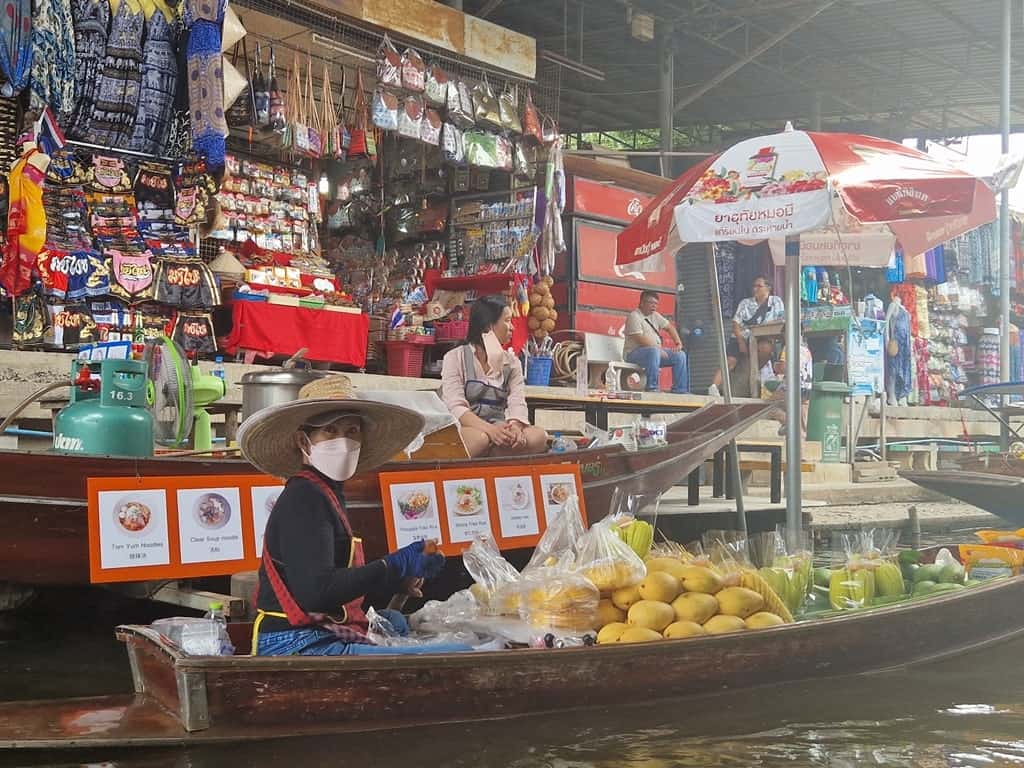
Situated along the many waterways in Thailand, you’ll find the country’s famous floating markets. Growing up in riverside communities, these floating markets are connected to the long history of transporting goods along the rivers and canals that lace their way through the nation.
Though today these are popular tourist attractions, they still provide a place for locals to shop and experience a Thailand of the past. One of the most famous and largest of them all is Damnoen Saduak Floating Market, located around 100 kilometers southwest of Bangkok. Closer to the capital, there’s Don Wai Floating Market and the more authentic Amphawa Floating Market.
Night markets
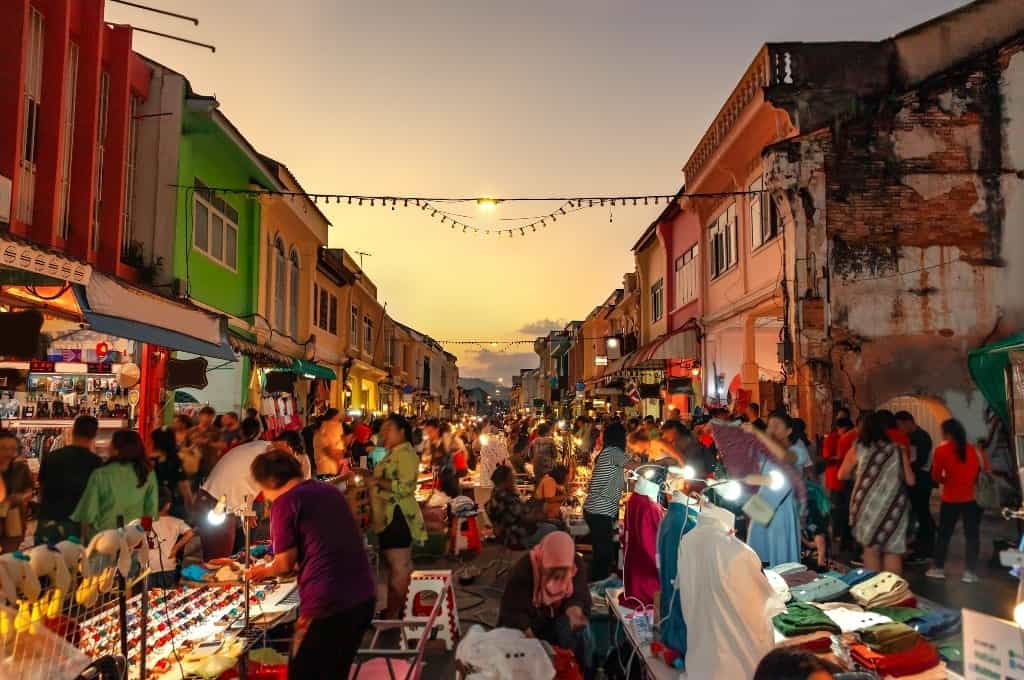
These nocturnal shopping spots are popular places to pick up all manner of goods in Thailand, from souvenirs to street food. Usually, open-air, night markets in Thailand can be huge affairs, running through multiple roads and districts or a smaller cluster of stalls where locals pick up a bite to eat. You’ll find them in every town in the country.
Famous night markets include Phuket Weekend Market, Phuket Indy Night Market, Chiang Rai Night Bazaar, Sunday Night Market in Chiang Mai, Patpong Night Market in Bangkok, and many more besides. Some also boast entertainment in the form of live music.
Food
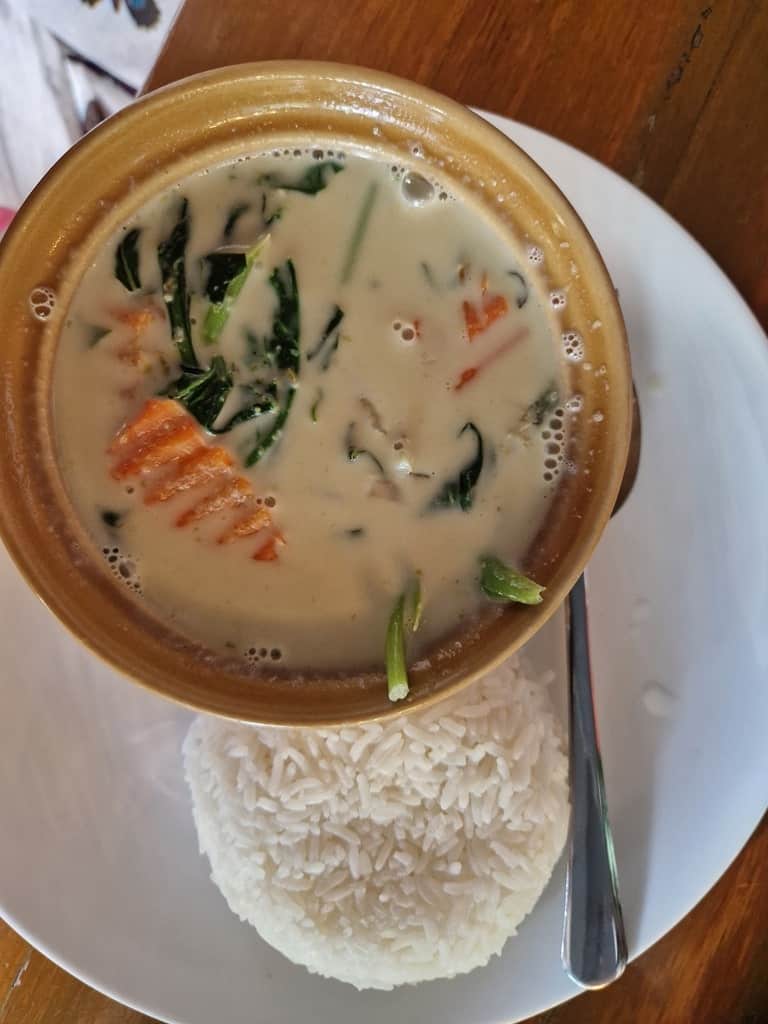
Speaking of food, the culinary credentials of Thailand have made an impact all over the world. Traditional Thai cuisine is spicy and aromatic and features everything from fiery and sweet papaya salads to curries and stir-fried dishes. And this sometimes varies quite significantly from region to region.
In Bangkok, for example, the cuisine is said to be influenced by Royal Cuisine but with Western twists nowadays. In central Thailand, coconut milk is one of the main ingredients, while in South Thailand, there are a number of complex curries and big use of chilies, influencing the whole of Thai cuisine in general.
Ayutthaya
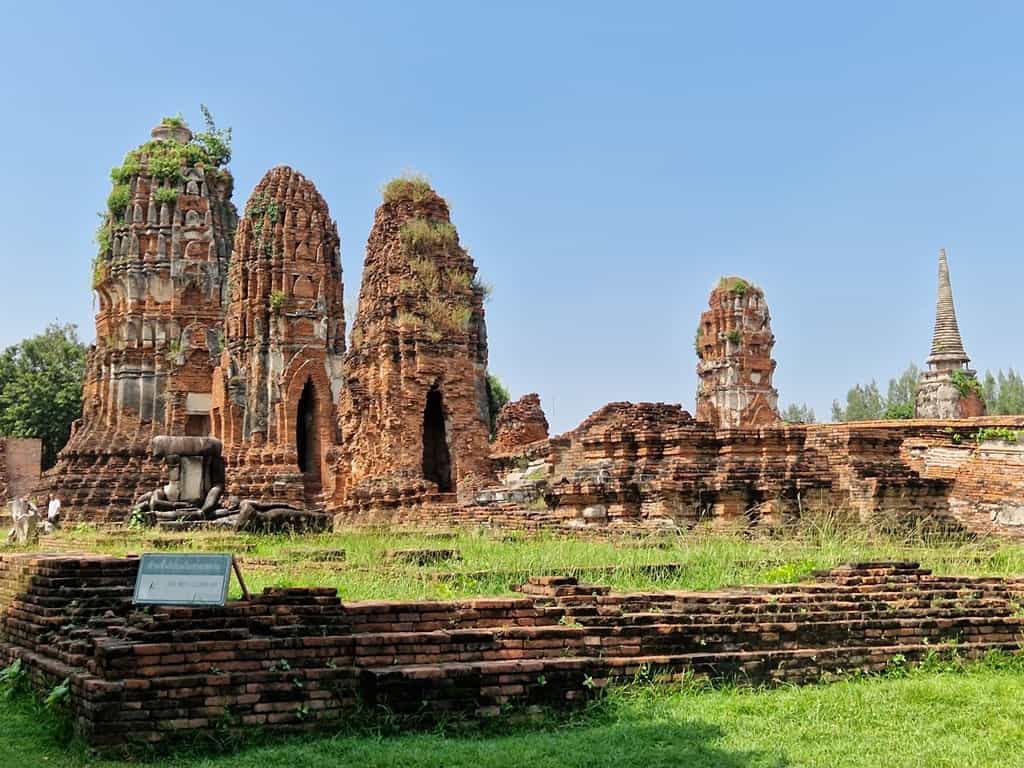
The Ayutthaya Kingdom flourished from 1351 to 1767 and was centered around the city of the same name. This cosmopolitan city was a hub of trade and is considered today an important facet of the development of modern Thailand. The once-powerful kingdom controlled parts of the Malay Peninsula and Burma.
You can still visit the remains of the city today. The historic city is a UNESCO World Heritage Site and is full of crumbling ruins and the remains of Buddhist statues — most famously, a Buddha’s head engulfed by the roots of a banyan tree.
Bangkok
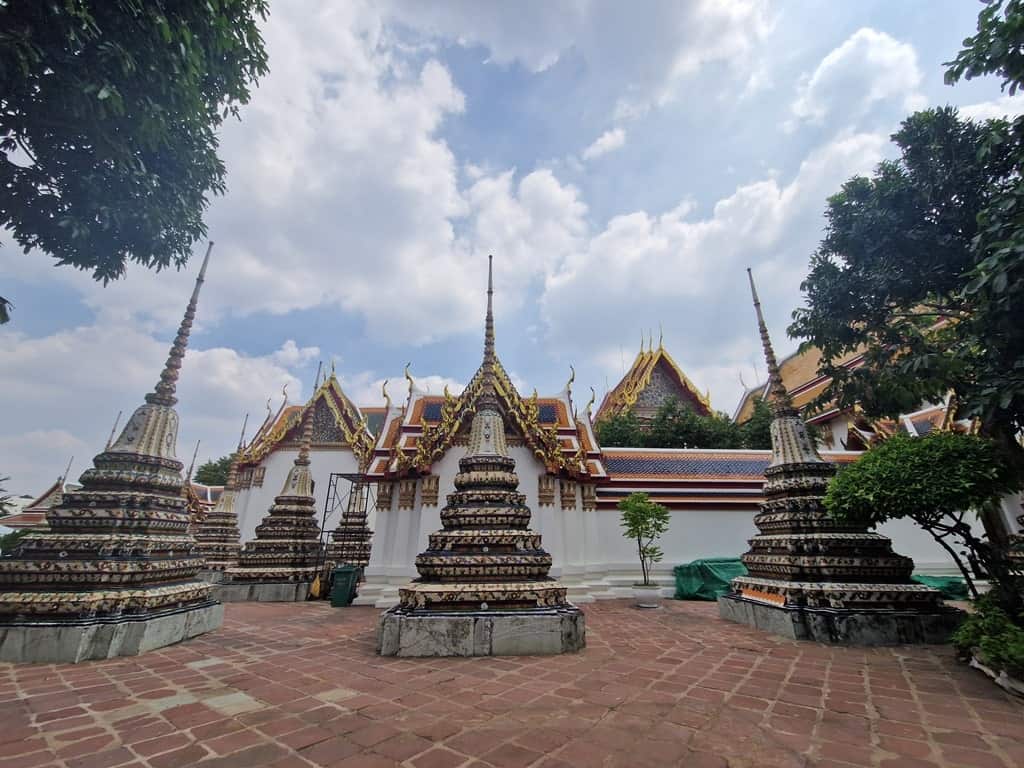
Bangkok is Thailand’s buzzing capital city. Featuring skyscrapers, canals, and a royal district, and with roads and railways weaving through it, this is a thoroughly modern city with roots firmly in tradition.
It’s here that most travelers to Thailand first touch down to experience its number of cultural landmarks. From the warren of streets in its Chinatown to its royal palaces and sparkling malls, Bangkok is a joy to explore — and officially one of the top tourist destinations in the world.
Muay Thai
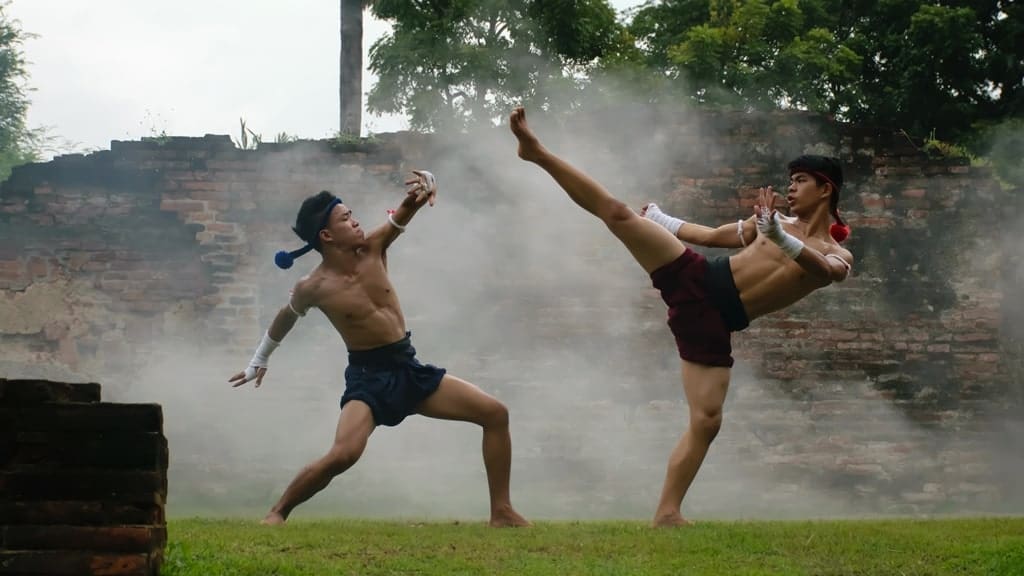
Also known as Thai boxing, the combat sport of Muay Thai is sometimes called “The Art of Eight Limbs” due to the use not only of hands and feet but also elbows and knees. The martial art can be traced back to the 16th century and was believed to have been a peacetime practice by soldiers of King Naresuan.
Muay Thai spread internationally in the late 20th century and has since become a regulated sport. There are plenty of places to both see and take part in Muay Thai throughout Thailand, with Bangla Boxing Stadium in Patong, Phuket, being one particularly popular spot.
Sukhothai
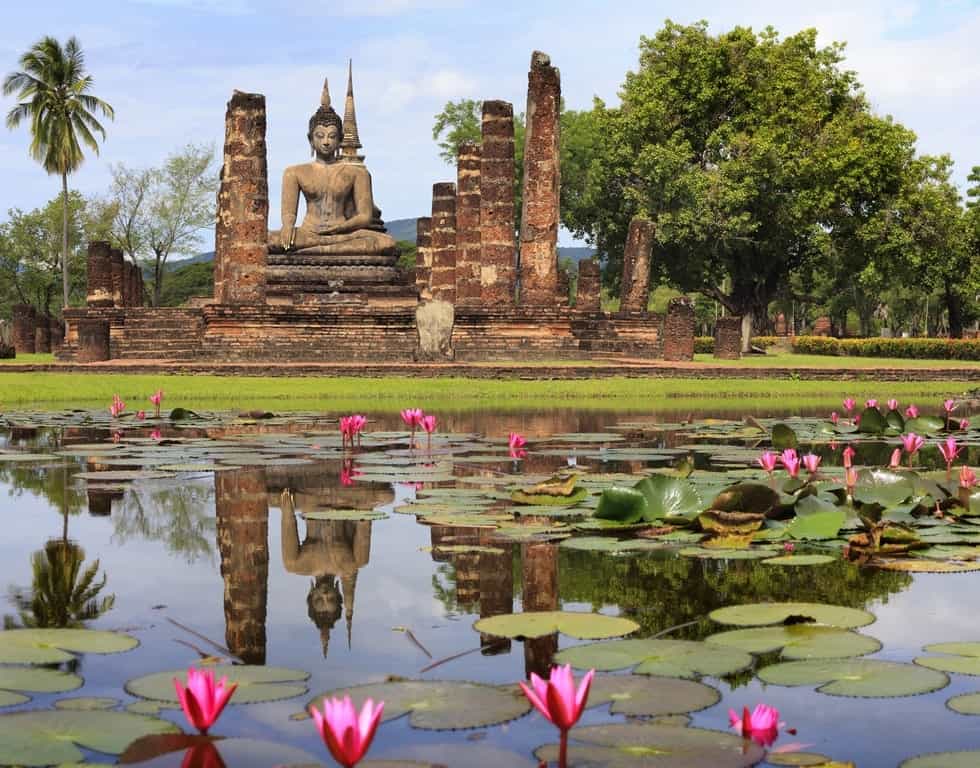
Another UNESCO World Heritage Site, the ancient city of Sukhothai — literally “Dawn of Happiness” — was the first capital of Thailand. Situated around 500 kilometers north of Bangkok, the Sukhothai Kingdom was founded in 1238 and lasted until 1438, when it fell under the rule of Ayutthaya.
During the reign of King Ramkhamhaeng, it’s thought that Theravada Buddhism and the first Thai script were introduced to the kingdom. You can still see the remains of the kingdom’s capital at Sukhothai Historical Park, where you can see the ruins of the royal palace and 26 temples.
The Thai monarchy
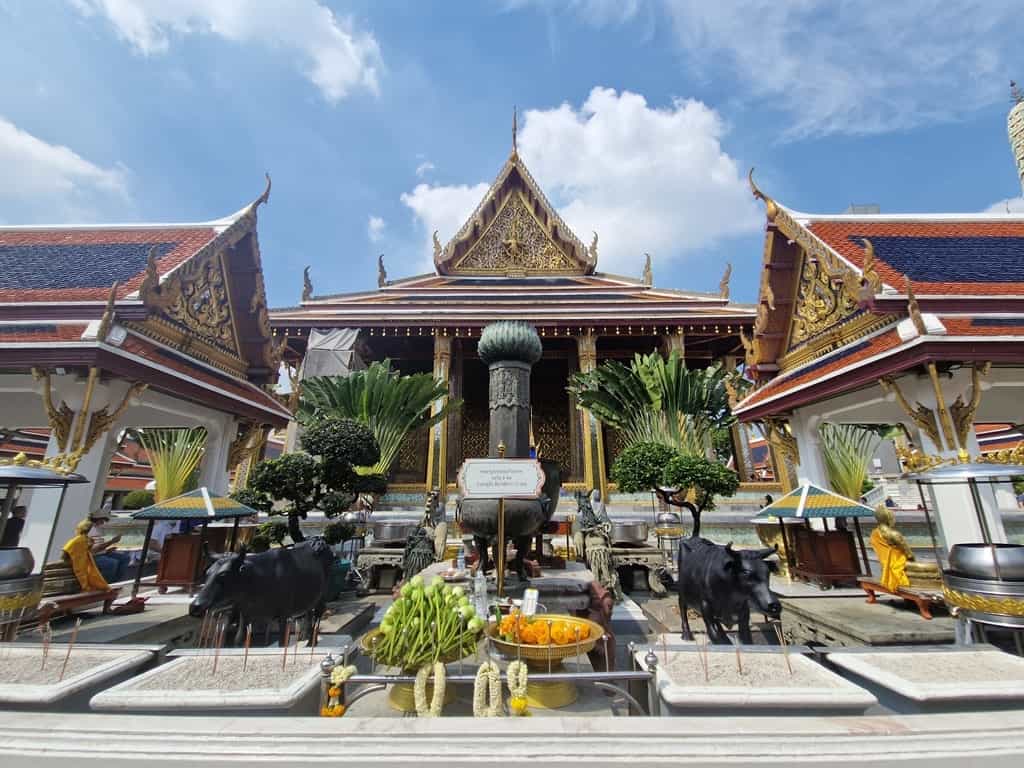
Thailand is world-renowned for its monarchy. The current ruling dynasty, Chakri, began in 1782, with the current king being Rama X, the official residence of whom is at the Grand Palace in Bangkok.
Although it’s a constitutional monarchy, the Thai monarch is head of the army and the upholder of the Buddhist faith. The monarchy holds an important position in Thai culture and society. When the last Thai king died, the whole country was plunged into a year-long state of mourning. There are also lese majeste laws in Thailand, which means any criticism of the monarchy is a criminal offense.
Kanchanaburi
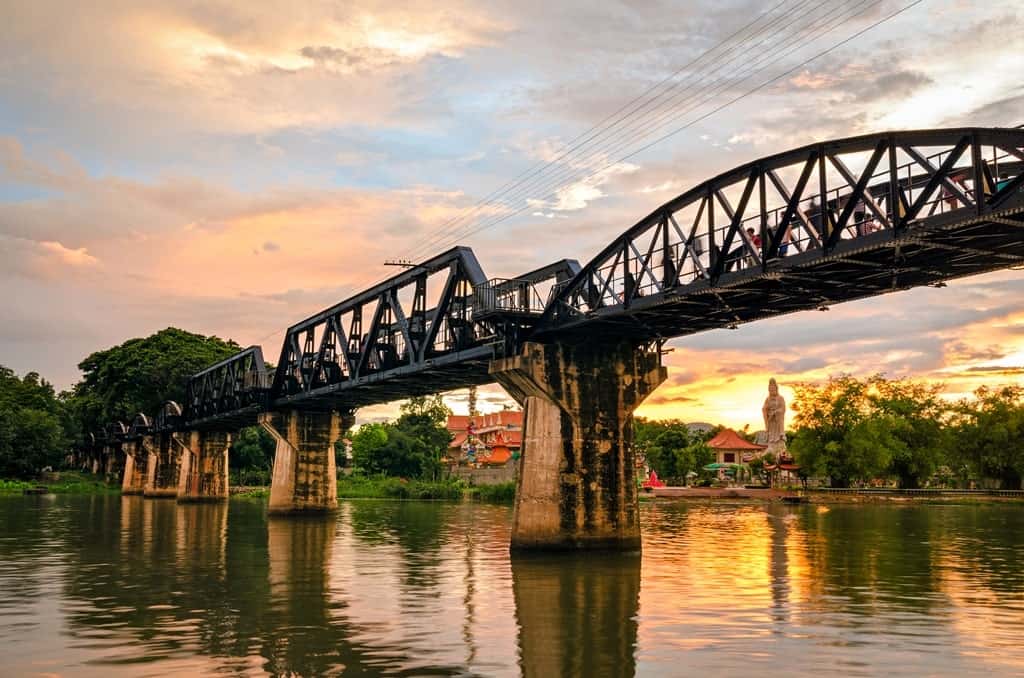
Kanchanaburi is famed as the location of part of Thailand’s infamous “Death Railway.” Under Japanese control during World War II, Asian forced laborers and prisoners of war from Allied forces built a railway into Burma. It’s thought that over half the prisoners working on the project died during the construction. The events were fictionalized in the 1957 film The Bridge over the River.
You can learn more about this dark period of Thailand’s history at the Thailand-Burma Railway Centre and JEATH (Japanese English American Thailand Holland) History Museum. There’s also the Kanchanaburi War Cemetery.
Elephants
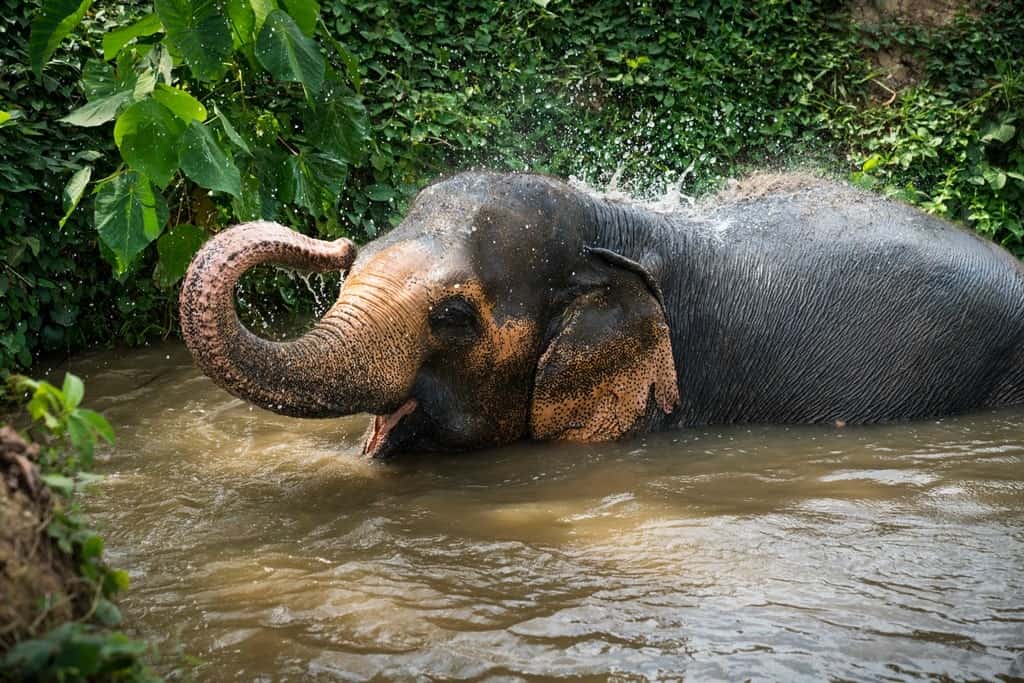
The Thai elephant is one of the symbols of Thai culture and has long played an important role in the country throughout history. Their strength made them invaluable in the field of logging and manual labor, and they were used as war elephants in times of conflict; their imagery has been used on royal insignia, and they have attracted tourists. Once upon a time, Thailand’s flag was a white elephant on a crimson backdrop; it was also used as a symbol of the Thai navy.
Most elephants in Thailand were kept in captivity for logging until logging was gradually banned by the Thai government in the 1980s. This left these elephants without work, and sanctuaries for their welfare began popping up. Visitors today can visit these majestic creatures and help feed and bathe them.
Chiang Mai
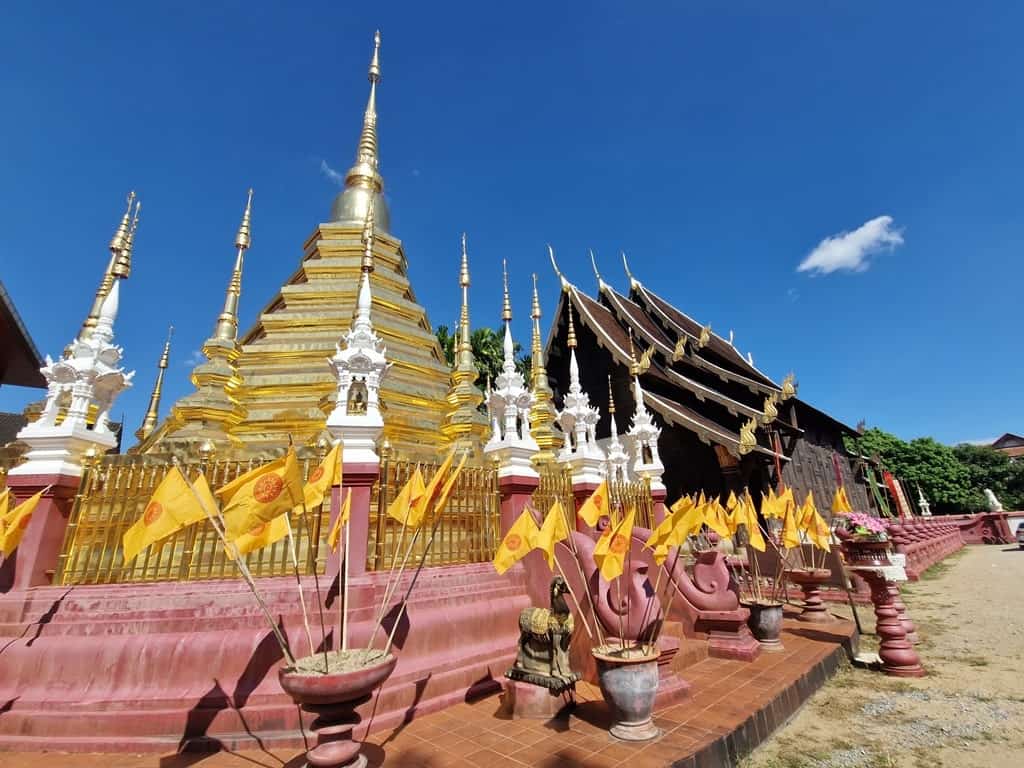
Thailand’s third-largest city, the northern locale of Chiang Mai, is the antidote to Bangkok’s ultra-modern urban rush. Founded in 1296, it was the Lanna Kingdom’s capital until 1558. This rich cultural legacy left an array of Buddhist temples and other architectural remains scattered around the city and in the surrounding landscape.
This includes the 14th-century Wat Phra Singh and the 15th-century Wat Chedi Luang. Chiang Mai is also still surrounded by its medieval city walls, inside which you can expect today’s energetic night markets, all manner of shops, eateries, cafes, and winding soi (backstreets) where life seems to move much slower.
Islands (and beaches)
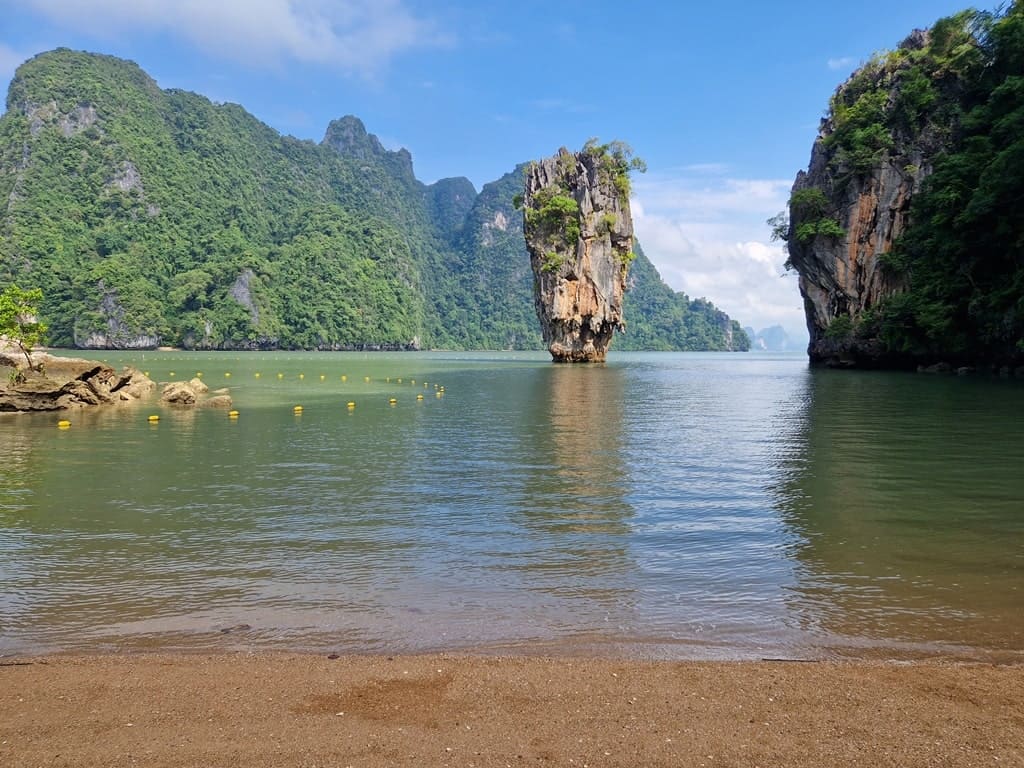
Thailand is famous for its beautiful sub-tropical islands. When many people think of Thailand, they’ll think of its far-flung islands and its white-sand beaches. The largest of all is Phuket, where you’ll find Patong Beach; Phuket is often used as a jumping-off point for smaller islands in the Andaman Sea.
On the other side of the peninsula, in the Gulf of Thailand, you’ll find famous islands in the form of Koh Samui, Koh Phangan, and Koh Tao. Rainforest-coated and edged with sandy beaches, it’s easy to travel around these islands, thanks to regular ferry services. Whether you like scuba diving, partying, or just relaxing on the beach, the myriad Thai islands are the perfect place for a getaway like no other.
Thai massage
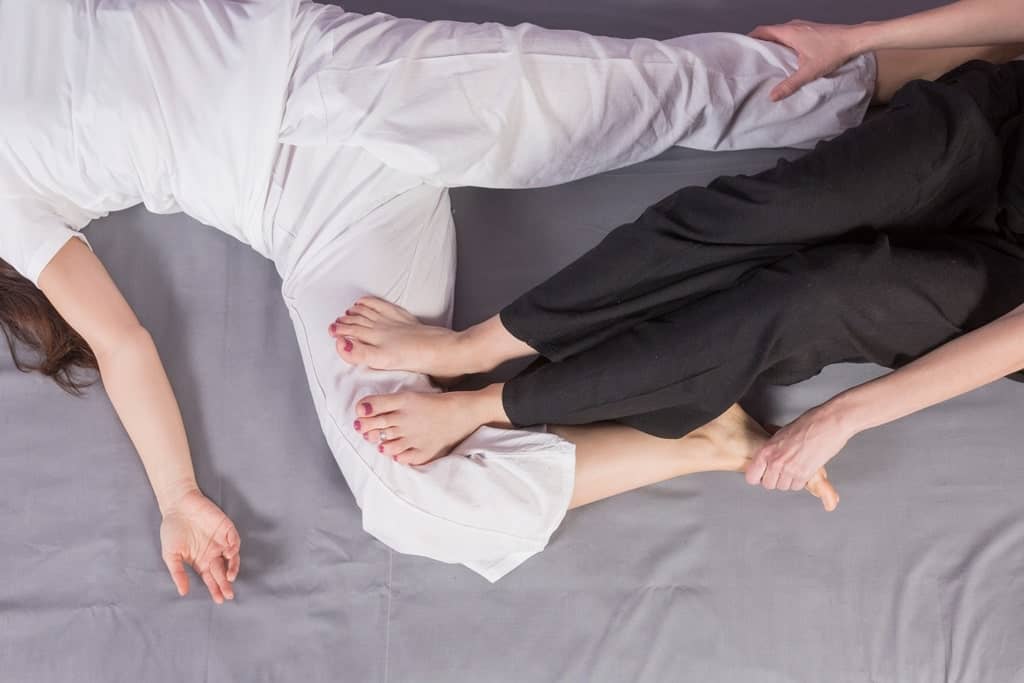
The art of Thai massage is another famous export of Thailand’s culture. Listed by UNESCO, this form of massage utilizes a combination of acupuncture, yoga postures, and Ayurvedic ideas and is meant to aid in not only physical healing but also mental well-being.
The idea of the massage itself is to follow the lines, or sen, of the body, using rhythmic pressing and stretching to promote circulation, relaxation, and relief of pain. The founder of Thai massage is considered by tradition to have been a personal physician to Gautama Buddha himself over 2,500 years ago.
Full moon parties
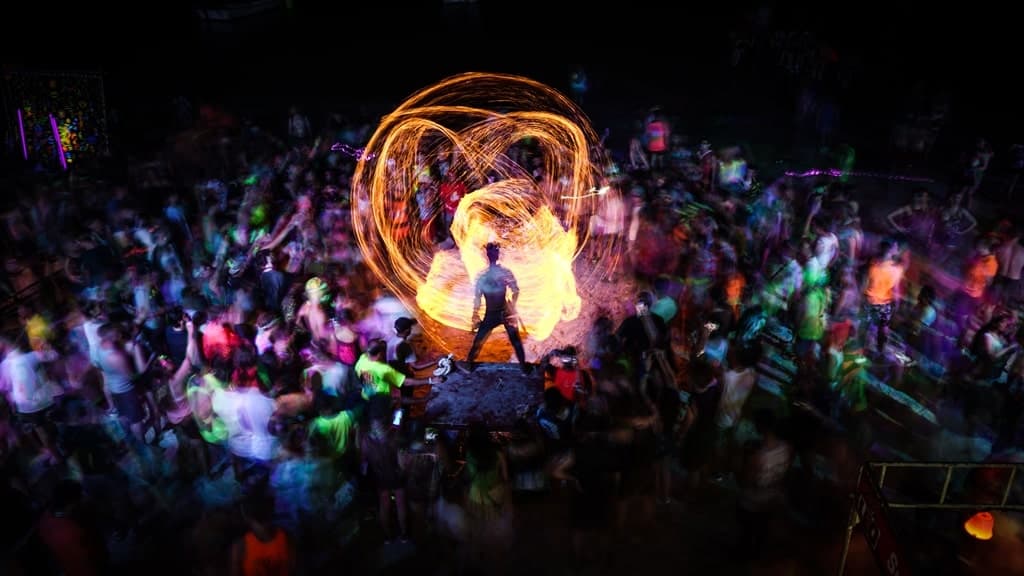
Full moon parties in Thailand have long been part of the country’s hedonistic backpacking scene. The first full moon party is believed to have taken place in 1983 and was attended by only around 30 people. The parties have since grown in number and size and can draw crowds numbering in their thousands.
Taking place every month at the full moon, these parties are usually held on beaches, particularly in hotspots like Hatrin Beach on Koh Phangan. Full moon parties see revelers drinking cocktails out of buckets, decorating themselves in luminous body paint, and dancing on the sand to DJ sets until the early hours.
